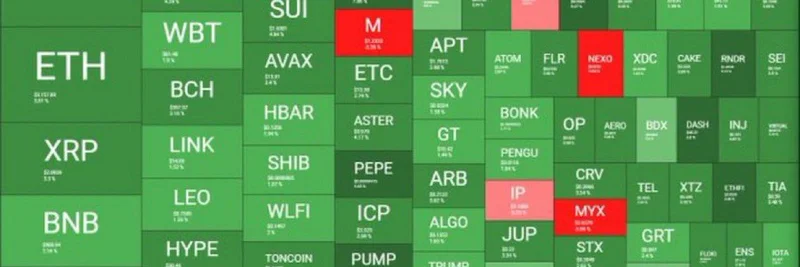Ever wondered how a software company turned itself into one of the biggest Bitcoin holders on the planet? Michael Saylor, the outspoken founder of MicroStrategy, has made headlines with his aggressive Bitcoin accumulation strategy. But a recent X thread by @StarPlatinumSOL pulls back the curtain on just how precarious this setup might be. If you're into crypto, whether it's Bitcoin or the wild world of meme tokens on Solana, this is a must-read cautionary tale about leverage, dilution, and betting it all on one asset.
The thread kicks off with a bang: Saylor transformed a struggling company into a $33 billion Bitcoin treasury. MicroStrategy now holds a staggering 629,376 BTC, acquired at a cost of over $33 billion. But here's the twist – very little of that cash came from the company's actual business operations. Instead, it's a cycle of issuing bonds, selling stock, and pouring everything into Bitcoin. Convertible notes? ATM equity programs? These are fancy terms for borrowing money that can turn into shares later or selling new stock directly to the market when prices are high.
Think of it like this: Convertible notes are like IOUs that investors can swap for company stock if things go well. MicroStrategy has racked up $8.2 billion in these, some with zero interest. It's a sweet deal if Bitcoin keeps rising, turning debt into equity without paying much back. But if the market tanks? That debt sticks around, and the company could be in hot water.
On the equity side, when MicroStrategy's stock (MSTR) trades above its net asset value – basically, the value of its Bitcoin holdings per share – they launch these ATM programs to sell more shares quickly. It's like printing money, but it dilutes existing shareholders' ownership. The thread points out that this only works in a hype-fueled bull market. Sound familiar? It's not unlike how some meme tokens pump on hype but crash when the excitement fades.
The underlying software business? It's barely hanging on. With $463 million in annual revenue and flat growth, it's more of a shell now – a "zombie company" as the thread calls it, existing mainly to give institutional investors exposure to Bitcoin without directly buying it. Saylor even stepped down as CEO in 2022 to focus on Bitcoin, and the company rebranded by dropping "Micro" from its name. Talk about all-in!
Digging into the on-chain data, the thread notes that MicroStrategy has only sold once – 704 BTC for tax reasons in 2022. Their holdings are spread across custodians like Fidelity, Anchorage, and Coinbase Prime, with a big chunk in cold storage. It's pure HODL mode, but the entire model hinges on Bitcoin never stopping its upward march. If BTC dips below $40,000 for too long, confidence could shatter, forcing sales and a potential death spiral.
This isn't just about Bitcoin; it's a lesson for anyone in crypto. Meme tokens often rely on community hype and endless buying pressure, much like Saylor's bet on perpetual growth. But as blockchain practitioners, we know markets cycle. Leverage amplifies gains but also losses – a reminder to diversify and understand the risks before going all-in.
The thread wraps up warning that this is "high-risk financial engineering." Debt without interest payments, constant stock dilution, and a treasury that survives only if BTC goes vertical. It's innovative, sure, but dangerous. Check out the full thread here for the deep dive, including some eye-opening videos.
What do you think? Is Saylor a visionary or playing with fire? In the meme token space, we've seen similar high-wire acts. Share your thoughts in the comments, and stay tuned to Meme Insider for more insights on crypto strategies that could make or break your portfolio.


